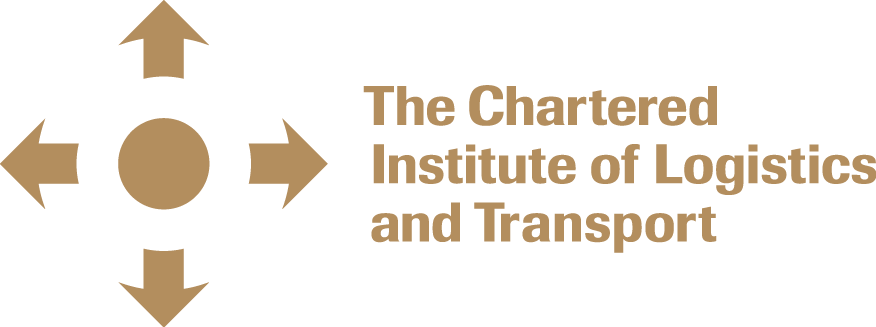2023 was a record year with 42 full Atlantic/Pacific transits of the Northwest Passage. 13 cargo ships, 11 cruise ships and 18 yachts succeeded. This was well ahead of the previous record of 33 including 22 yachts in 2017.
Of the cargo vessels, 10 were voyages either beginning or ending at ports in Quebec Two ships made both east and west voyages during the short season. Although only open briefly from August to early October, the route is roughly 3,700 nm shorter from Eastern Canada to Asia, saving days at sea and fuel.
The most interesting was by the Dutch heavy lift ship BIGLIFT BARENTSZ. She carried four giant container cranes from Nantong, China to Savannah, Georgia via Capetown, South Africa July arriving inlate August. After unloading the cranes, the ship sailed north from Savannah September 4 in ballast (empty) to return to Asia via the Northwest Passage, becoming the first ship to circumnavigate the globe via the tips of both Africa and North America at least in a single season. She passed Nome September 26 and has an ETA in Korea October 7.
11 cruise ships also completed crossings, mainly between Greenland and Nome, Alaska. Most notably, ROALD AMUNDSEN linked two cruises – Vancouver to Nome then Nome to Halifax. There were also numerous cruises confined to Nunavut and Greenland.
In addition to the Northwest Passage sailings, the Arctic was very active this year. The two sealift operators NEAS Group and Nunavut Sealink and Supply Inc. (NSSI) had 13 ships and two tankers while the Woodward Group had four product tankers serving 49 communities in Quebec and Nunavut.
Plans by B2 Gold of Vancouver to open the Goose gold mine by 2025 in Nunavut’s Back River district prompted a rush of ships to Bathurst Inlet south of Cambridge Bay. September traffic included four Sealift ships, two tankers, two chartered ships from Montreal and a freighter with a full load from Turkey and two tankers.
Baffinland delayed iron ore shipments from Milne Inlet until mid-August consistent with an agreement with Inuit at nearby Pond Inlet not to use icebreakers at the start of the season to reduce disturbing narwhals. Two icebreakers are currently working as the season nears its end to help complete this year’s shipments if ice conditions require it.
In August, the HAUKE OLDENDORFF became the largest ship to call the Canadian Arctic when she loaded 165,000 tons of iron ore at Milne Inlet. She returned for a second load at the end of September.
Upgrade work on the Hudson Bay Railway limited traffic at Churchill with just a few sealift calls and a cruise ship visit.
Marine Transportation Services barge service struggled this summer. The town of Hay River, including the MTS terminal, was evacuated twice due to wild fires. Low water on the Mackenzie, particularly near the ramparts south of Fort Good Hope made the river impassible in certain areas. Cargo was trucked to Inuvik, then barged to communities in the Beaufort. The tug VIC INGRAHAM, returning to Hay River with empty barges in a marked channel, was aground for days suffering hull damage.
Teck’s Red Dog zinc mine and port north of Bering Strait in Alaska continues to ship over 1 million tonnes of concentrate per year. A significant portion is shipped to Vancouver Wharves then forwarded by rail to Teck’s smelter at Trail.
The Canadian Coast Guard had eight ships, including Victoria-based SIR WILFRID LAURIER active in the North. The Royal Canadian Navy was able to send a single ship, HARRY DEWOLF for a brief Arctic stint.
Written by: Fred McCague, CMILT for Western Mariner Magazine, October 2023.

